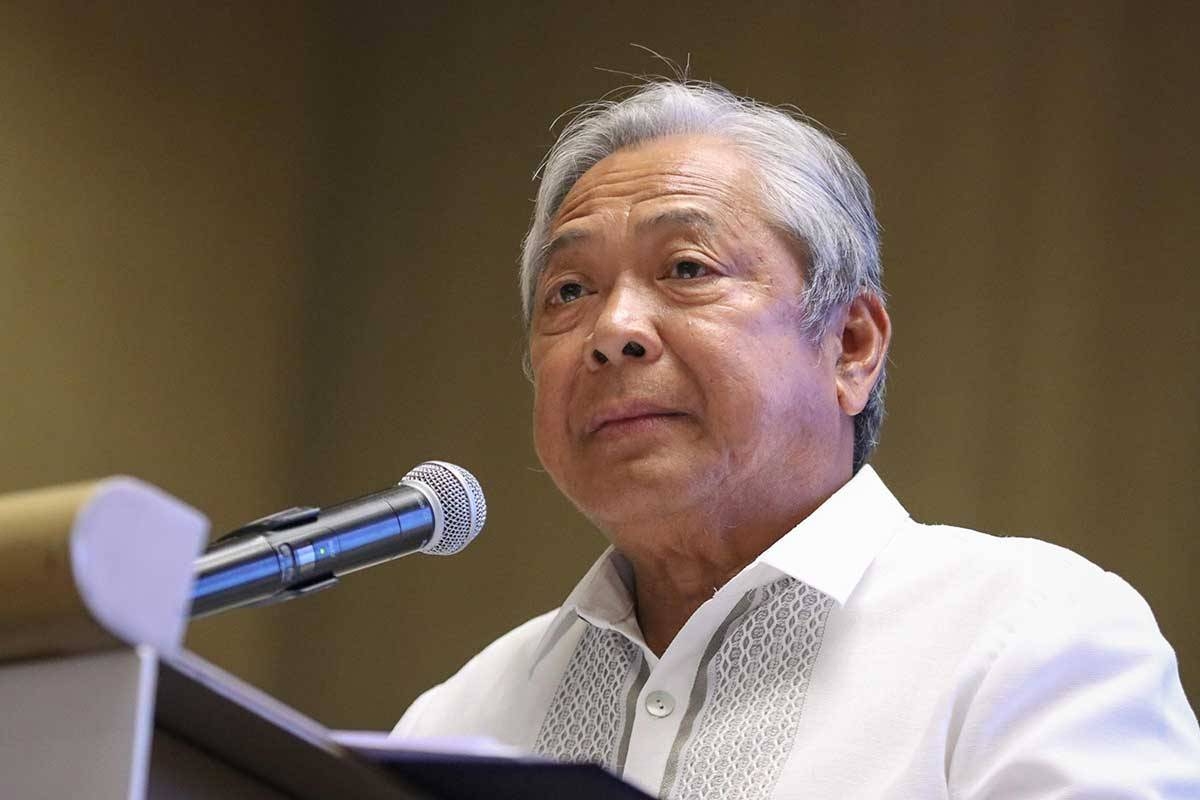The Philippine railway system is set to undergo a significant transformation as it embraces digitalization, according to Transportation Secretary Jaime Bautista. In his recent speech at the “RailDX 2024: Upskilling Rail Workers for the Digital Age” event, Bautista emphasized the importance of building a solid and fully connected technology-stacked rail sector.
By digitizing Philippine railway operations, the country aims to improve its railway systems and bring them on par with the world-class standards set by countries like Japan. This digital evolution is expected to enhance system efficiency and create a people-centric transport sector transformation.
To prepare for this digital revolution, the country’s railway operators have been undergoing training with simulators provided by the Japanese government. These simulators, acquired as a grant to the Philippine Railways Institute, allow operators to gain hands-on experience and familiarize themselves with the advanced technology that will drive the future of the Philippine railway system.
Secretary Bautista stressed the importance of upgrading areas where bottlenecks occur and implementing proper infrastructure to increase capacity. By addressing these challenges, the country can accelerate the digitization process and ensure a seamless transition to a more efficient and technologically advanced railway system.
Digitalization is the key to optimizing services for passengers. By leveraging technology, the Department of Transportation aims to enhance the overall passenger experience, making travel more convenient, reliable, and comfortable. From online ticketing systems to real-time updates on train schedules, digitalization will revolutionize the way people interact with the Philippine railway system.
However, the digital transformation doesn’t stop at the railway sector. Secretary Bautista also highlighted the Department of Transportation’s plans to digitalize the country’s aviation, land transport, and maritime sectors. By embracing technology across all modes of transportation, the Philippines aims to create an integrated and interconnected transport network that caters to the needs of its citizens and promotes economic growth.
It is worth noting that the digitalization of the Philippine railway system is not just about adopting new technologies. It also involves a shift in mindset and operational strategies. Secretary Bautista emphasized the need to change how the sector operates in order to fully harness the benefits of digitalization. This includes rethinking traditional processes, embracing data-driven decision-making, and fostering collaboration between different stakeholders.
As the Philippine railway system embarks on this digital journey, it is crucial to ensure that the transformation is inclusive and accessible to all. Local laws, customs, and cultural considerations should be taken into account to create a railway system that caters to the diverse needs of the Filipino population. By contextualizing the digitalization efforts to the local context, the Philippine railway system can truly become a model of innovation and efficiency.
In conclusion, the digitalization of the Philippine railway system marks an exciting new chapter in the country’s transportation sector. By embracing technology and implementing digital solutions, the Philippines aims to enhance system efficiency, improve passenger experience, and create a more connected and sustainable transport network. With the support of stakeholders and a people-centric approach, the Philippine railway system is poised to become a shining example of digital transformation in the global transportation landscape.
Source: The Manila Times








